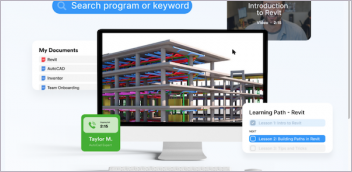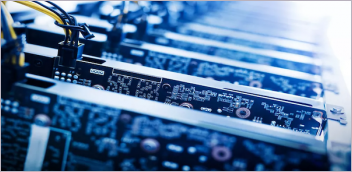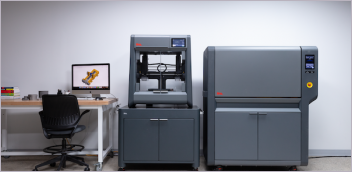Design Exploration and Optimization News
Design Exploration and Optimization Resources


Latest News
December 4, 2001
When you see the words “biological computer,” it’s easy to get carried away and assume we’ll be replacing silicon with living matter. That might eventually happen, but for today, the biological computer in question is much simpler and is placed inside a living cell.
Researchers at the Stanford School of Medicine have invented genetic transistors. Along with earlier work that produced data storage in DNA and a sort of biological Internet that allows for data to be transferred from cell to cell, the new transistors make biological computers possible.
The presence of these computers inside a cell can be used to answer simple yes/no programing questions. As an example, the computer might look for instances of toxins. If a toxin is present, it could relay that information to another cell with the means to neutralize the toxin.
Of course, one of the first things mechanical computers were used for was counting, and a biological computer could be used to do the same. The computer could monitor the cell count of a cancer patient, watching for the rapid growth that announces cancer’s return. When the cell count hit too high a number, individual cells could be programmed to die rather than continue to divide and spread the disease.
The team at Stanford has also released data from their research into the public domain, making it easier for other research programs to build on their work. This should speed up adoption of biological computers and bring about a wider variety of applications.
Below you’ll find a video about biological computers.
Source: Stanford School of Medicine
Subscribe to our FREE magazine, FREE email newsletters or both!
Latest News
About the Author
DE’s editors contribute news and new product announcements to Digital Engineering.
Press releases may be sent to them via [email protected].





